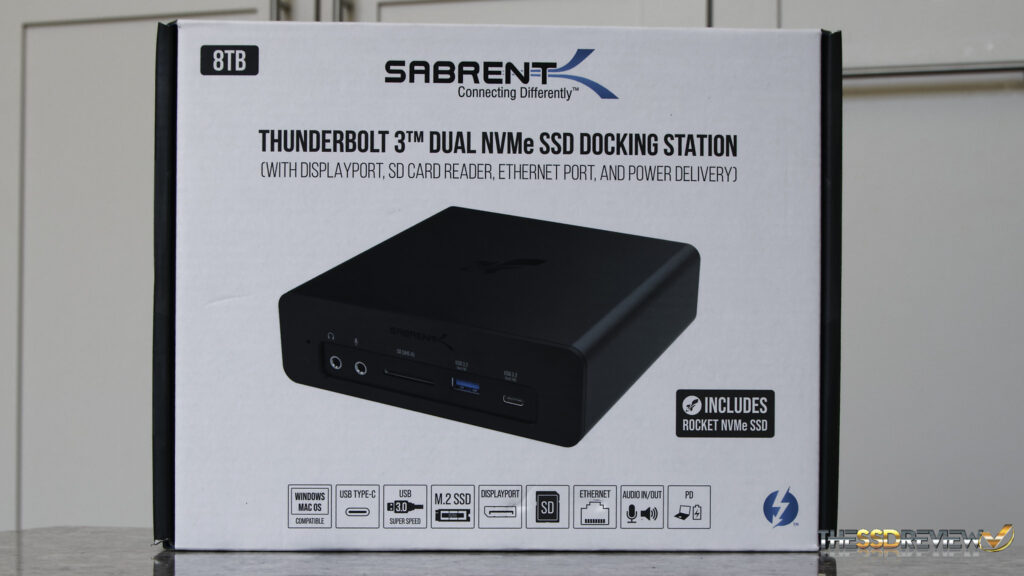One of the constants that has come to mind as a photographer over the years is finding perfect storage for my media. Admittedly, I still do something I don’t really approve of which is storing media on my system drive and this is only thanks to Sabrent and their choice to market 4/8TB drives for this purpose. I have also been known to use a second SSD within the same system, but ideally, I want my ever growing media originals to be completely separate from the system itself.
Having reviewed a ton of external SSDs that just didn’t quite do the trick, I found myself actually using an external on one of the many reviewed docks for that perfect compliment of storage and port options. The closest any had come to the perfect integration was Western Digital with their WD_Black D50 (reviewed here) but we found that it got very hot and, at times, fan noise to cool this was a bit loud. So…as with all others, it now sits in a rather full closet we have solely dedicated to reviewed hardware.
Sabrent must have been reading my mind as they have recently released their latest in the Sabrent Thunderbolt 3 Dual NVMe SSD Docking Station. It integrates with your PC through Thunderbolt 3, has a very healthy compliment of inputs and ports, and is available in capacities of 2, 4, 8, and a whopping 16 Terabytes, which is one of the largest storage options available today. Our test sample is an 8TB version but we may just find this doubling to 16TB after our report of this peripheral.
Inside the external packaging, we find a user manual that details how to combine both drives into a RAID volume, instruction sheet to help the user achieve top performance through the Windows Device Manager, the docking station itself along with a Thunderbolt 3 40Gbps Type-C to Type-C cable, and a massive power brick for a total package weight of 4.7lbs.
The dock itself is constructed of a very solid brushed grey aluminum and something that becomes immediately apparent is that there are no integrated fans; this unit is constructed to provide passive cooling even though its main feature is achieving top storage speeds through RAID. We couldn’t resist doing a temperature check as the unit definitely gets warm when the RAID volume is being created and found the exterior temperature to max out at 31.6 °C with interior to by just over 36°C. This is understandable as we are certain the exterior casing is being used to dissipate interior heat from the SSDs and controller.
On the front of the unit, we have 3.5mm audio and microphone ports, a UHS-II SD card slot capable of speeds up to 270MB/s, a USB 3.2 Gen 1 5Gbps Type-A port (500MB/s) along with a USB 3.2 10Gbps Type-C port capable of data transfer up to 1GB/s.
In testing SD card performance, we used our newest Sabrent Rocket 512Gb V90 SDXC card which achieved decent performance as shown here:
 The SSD Review The Worlds Dedicated SSD Education and Review Resource |
The SSD Review The Worlds Dedicated SSD Education and Review Resource | 

